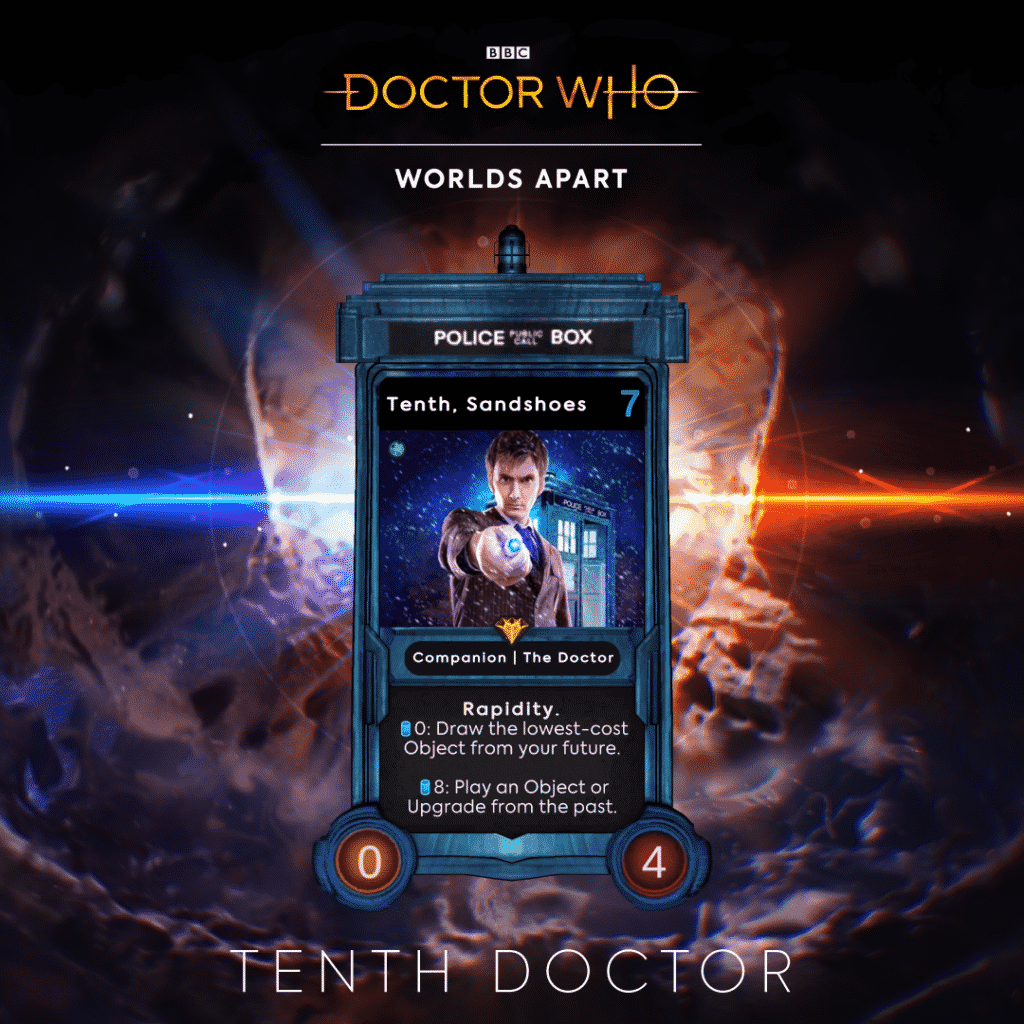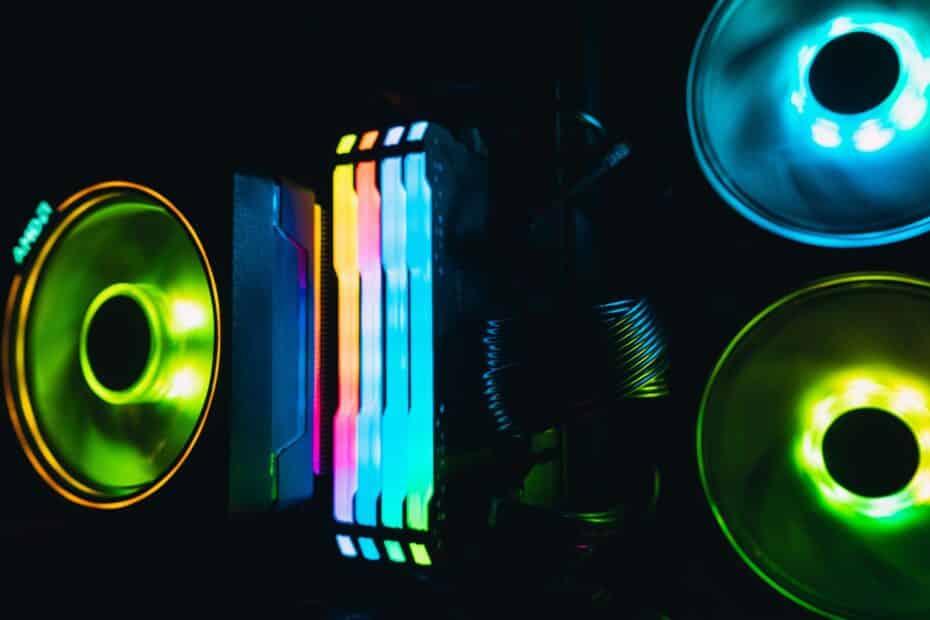– an interview in two parts with the co-founder of Reality Gaming Group, Tony Pearce
NFTs have the potential of disrupting the current in-game item business model of some of the biggest and most profitable games in the world. Today, leading games earn billions of dollars on in-game skins, swords, and guns that gamers pay for but do not really own and cannot resell. However, these games may have to open up in the near future and start issuing in-game items as NFTs that gamers can trade as they please on platforms like OpenSea. Tony Pearce, the co-founder of Reality Gaming Group, is a frontrunner of this development. And in this interview, he tells about how he and his business partner discovered NFTs and decided to integrate them into their games.
Click to read PART II
By Michael Juul Rugaard & Kristian T. Sørensen, The Tokenizer
The Tokenizer (TT): Please tell us a bit about your background. How did you end up in the NFT space?
Tony Pearce (TP): My background is in games; I started 25 years ago with Sega, Nintendo and PlayStation and moved through all these different platforms. Later, I had a mobile games company, and then that got acquired, and I moved into Facebook gaming.
Then back in 2016, Danish Morten Rongaard came over to London with a fantastic idea for an augmented reality combat game for mobile phones. Think Pokemon Go meets Call of Duty, where you go outside and defend a park, and you go into combat, and this kind of stuff.
Morten met with me and one of my investors to get funding for this game. And I thought, “This is an awesome idea,” but it was too early, the handsets weren’t good enough for the game design, and the AR wasn’t ready for this kind of stuff. And so he left. And then, almost a year later, Pokemon Go came out, and suddenly the handsets could do AR. And Morten came back, and we went out to get funding.
In that journey, I came across ICOs, this was in 2017, and I thought it was an interesting way of raising money. We looked at what a token could do in the game and then started tokenizing in-game items, and that’s how we got into NFTs. However, the word NFT didn’t even exist at the time.
TT: When was that?
TP: Early 2018
TT: Okay. So ERC-721, the NFT standard, was…?
TP: It wasn’t out. No, it was ERC-20 at the time. And there weren’t any marketplaces, OpenSea didn’t exist, so we created our own trading platform DAT, which stands for digital asset trading platform. That backend system now runs all of our games and creates a storefront where you can buy NFTs and a marketplace where you can trade them.

We wanted to make it easy for people who didn’t understand NFTs, didn’t have a MetaMask wallet or didn’t understand crypto. So we built a payment system that took credit cards, PayPal, and crypto. And when you sign up for any of our games, as soon as you register, we create your Ethereum wallet without you even knowing your account becomes a wallet. So when you buy the NFTs on our store, it goes into your wallet or your account, and you can trade them inside our platform.
TT: So everything runs on Ethereum?
TP: Well, we created our own side chain. So we have a fork of Ethereum, and all the minting, all the trading is done off-chain. So for the user, there are no gas fees, and it’s super quick. If you want to take the NFTs from your account, we bridge with Binance Smart Chain, Polygon, and soon to be Solana, and that’s the time that you pay the gas fees. So you can choose the chain depending on your preference and the gas fees.
So our platform really is the crux of the business. We have been working with the BBC to develop the first mass-market game and brand to bring people into NFTs and gaming. This is a new Doctor Who trading card game where all the cards are unique NFTs allowing players to trade or sell their cards on our platform.
We also have a separate division which we call ‘NFT’s As A Service’ and we create NFTs for celebrities and sports stars, where we create the artwork. And we work with the players on the secondary market, such as OpenSea, Rarible, and MakersPlace. Last year we did Floyd Mayweather’s boxing NFTs.

TT: So you’re moving from only being a game company to becoming an infrastructure provider for others as well?
TP: Yeah, think of platforms like Unity and Unreal. Our vision is to be the Unity for NFTs, so we’re the platform that any brand can come to, any games company can come to, and here’s the infrastructure. And we’ve got the case studies, so if people want to see how the platform works, take a look at Doctor Who: Worlds Apart, where there’s a storefront, a marketplace and a game. Doctor Who: Worlds Apart is a perfect brand for a trading card game. And trading card games, like Gods Unchained; they’re hugely successful and perfect for NFTs. They’re tradable cards, I mean, everyone remembers Panini and Top Trumps, and it’s, “Now I own the card, and now I can trade it. And I might make some money on it if I’ve got a really rare one.”
TT: Have you had any thoughts on the regulatory side of these things? Because if you issue thousands of cards that are more or less the same, are they really non-fungible? I mean, I believe there is a grey zone between non-fungible and fungible…?
TP: Well, the utility here is a game. The fact that you might have a rare one, that’s the luck of the draw. And Doctor Who: Worlds Apart is not there for you to profit; it’s a card game. So when it launches, you get a free deck, so it’s a free game to play and the deck we give you are not NFTs, so they’re non-tradable. But if you want the tradable ones, then go here. So it’s totally up to you; you’re not forced to buy the NFTs.
TT: Okay, so regulation is not really a concern?
TP: There are so many different views on this and no real regulation currently exists. And I think it will all come out at some point, and there’ll be rules and stuff. But at the end of the day, we’re making games, and you own an in-game item, and if you want to sell it, you can sell it. If you want to use it in the game, use it in the game. It’s your decision.
TT: Nowadays, are you more fascinated by the games or the new world of NFTs?
TP: Well, initially, the games. The problem for gamers right now is that about 99% of all games are free to play, and the publisher makes money by selling in-game items. But you, as the player, actually don’t own anything. If you spend $100 a month, which gamers do, and that game went bust, “Where’s all the stuff I bought?” And that’s just the way games have been because the in-game items are logged on a centralized database, which is the game company. And they want to lock you in; they don’t want you taking them out.
TT: Yeah. And it’s also sort of a double lock-in because you are locked into the game, and the game providers and publishers are locked into the stores of platforms, like Google and Apple.
TP: Yes, Yeah.
TT: And obviously, they do that to keep their business, right?
TP: Yes, of course. Fortnite, which is a free game to play, made $4 billion last year selling in-game items. The last thing they want is NFTs to take out of the game and trade on a secondary market. And any big games company probably sit back and go: “This is awful! This is the worst thing; what’s happened?”
But the user goes: “I’ve spent $100 on that sword; I own it. Why can’t I take it out and use it in another game?” Or, “Why can’t I take it out when I finish the game and sell it?” And that’s why I love NFTs because for the player, it’s a game-changer, and it’s how it should be.
TT: But which business model is the most lucrative for the gaming company in the long run? I guess your in-game items will be much more attractive, but at the same time, you have to accept that gamers go to OpenSea to make the transaction…
TP: That’s fine. Every NFT that’s bought in our game has a smart contract that follows the NFT’s life cycle. So I still get a revenue share every time it sells. So when people buy the Doctor Who cards on our side chain, if they take them to OpenSea, fantastic. I mean, people find our game because of OpenSea. People go, “What’s this?” And they click, “Oh, it’s a game.” And you have to bring the card back to us anyway if you want to play the game. So it’s just another marketing tool.
TT: So what is this doing to the old model eventually?
TP: Well, every game in the next five years, in my view, will have to offer NFTs to the user. The gamers will make them change because if there’s a Fortnite here where I’m locked in, and there’s a new game like Fortnite there where I can take the assets out, guess where the gamers are going to go?
TT: And you were the actual front runner in this development, right?
TP: Yeah. We literally started it by looking at the blockchain and going, “How can a user actually own this item?” And it’s only the blockchain that allows this to happen because it’s a decentralized database. It’s not on my database anymore; it’s out there. And that’s how it started; that’s an amazing thing for a user.
Click to read PART II
Photo by Timothy Dykes on Unsplash
Read other stories: How play-to-earn and NFTs change the way we work



